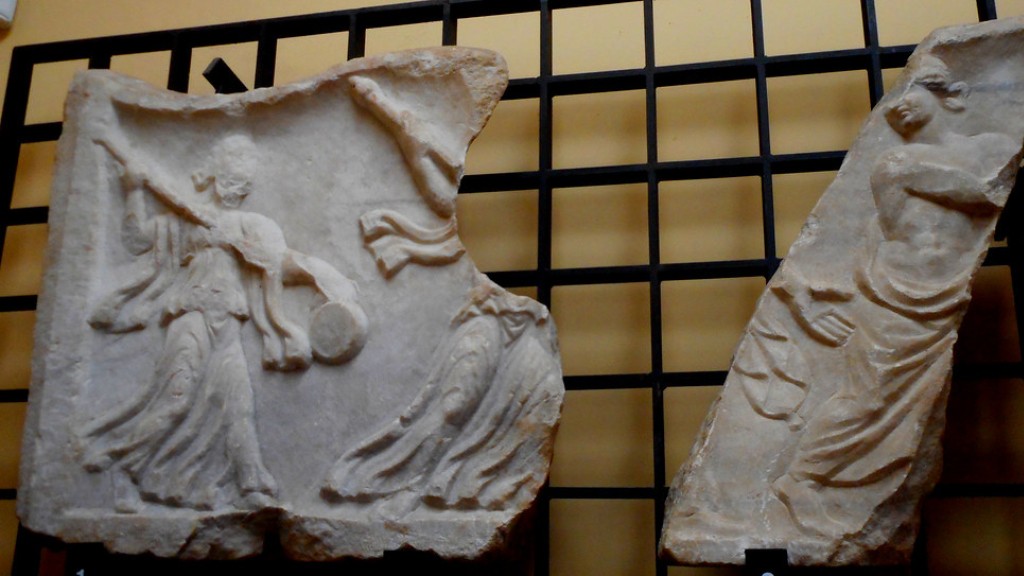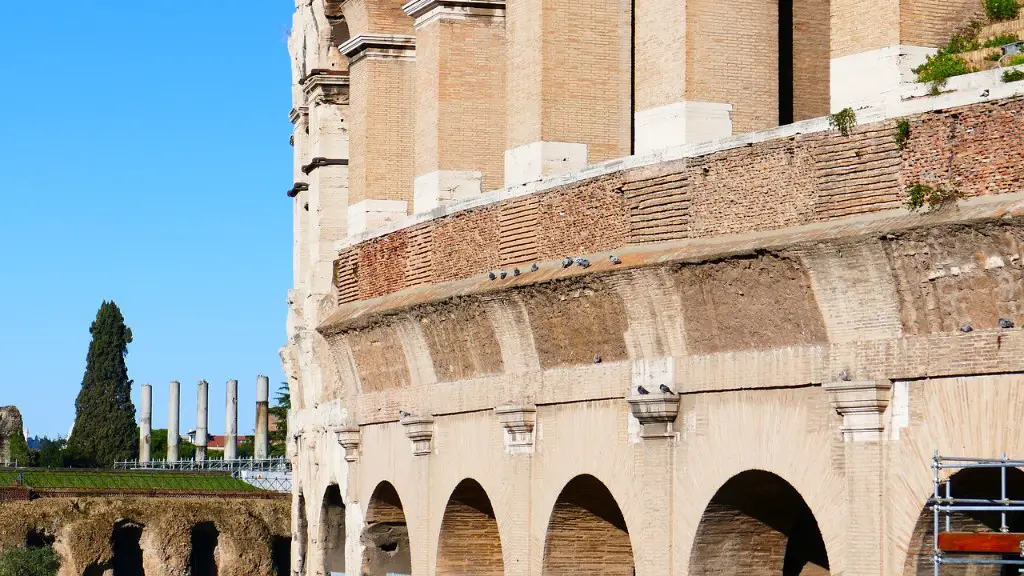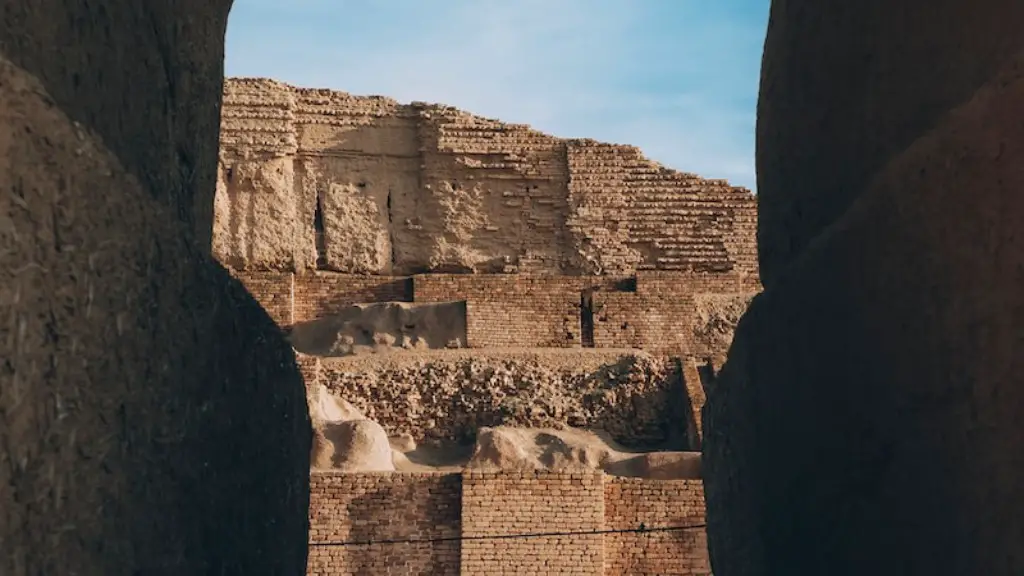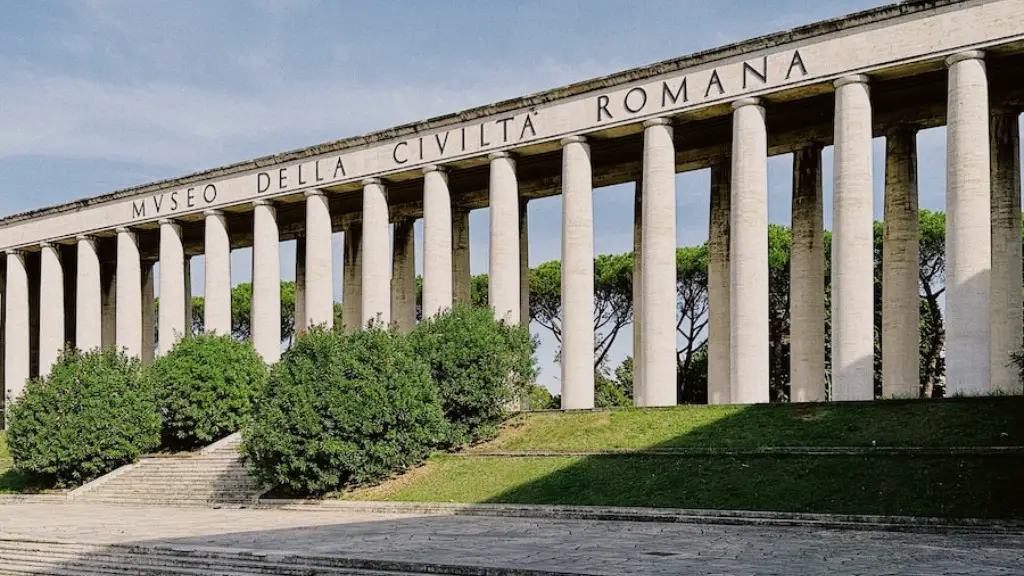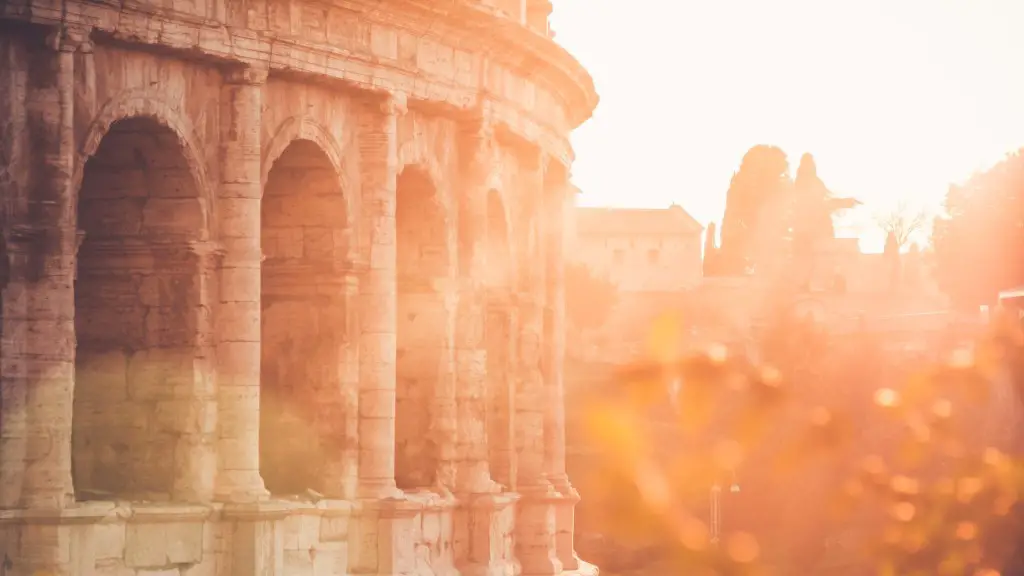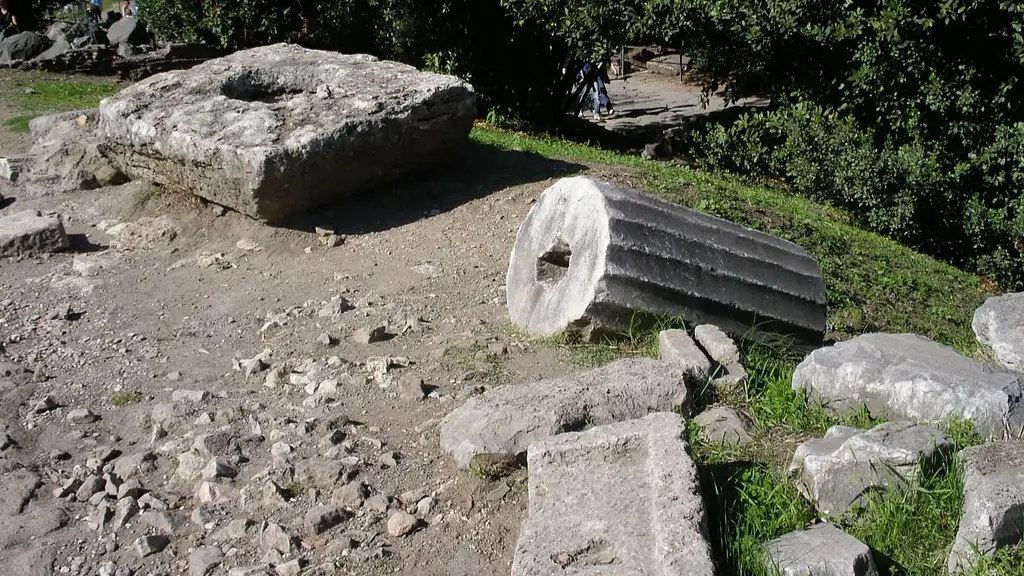Ancient Rome and Mt Vesuvius Eruption
The eruption of Mt Vesuvius in 79 CE is one of the most significant events in the history of Ancient Rome, as it resulted in the destruction of the settlement at Pompeii, which had been populated by citizens of Rome. The eruption was also a devastating reminder of the fragility of Rome and its citizens, as the immense power of Nature could eradicate one of its most prosperous settlements.
The eruption of Mount Vesuvius was one of the largest volcanic eruptions in recorded history and it destroyed the settlements of Pompeii and Herculaneum in 79 CE. The settling was completely destroyed within 24 hours, and roughly 16,000 people perished in the disaster. Scientists have estimated that the power of the eruption was equivalent to 100,000 Hiroshima-sized atomic bombs.
The exact date of the eruption is uncertain as there are various accounts that exist; the most commonly accepted date is 24th August 79 CE.
The cause of the much-feared eruption of Mount Vesuvius was due to a magma chamber beneath the volcano that was unable to contain enough pressure, ultimately resulting in its catastrophic eruption. It is widely believed that this incident had caused a large impact to the climate of the Mediterranean region due to the high levels of ash that had been projected into the air.
Experts have suggested that the period leading up to the eruption was associated with intense seismic activity, as there were multiple earthquakes within the months preceding the event. Furthermore, fissures had begun to form in the ground during this time as well, another tell-tale warning sign of the impending eruption.
The eruption would have been highly visible when it eventually occurred due to the unusual colourful cloud formation, as well as the noise of thunder that had sounded for days. Furthermore, the activity of the eruption continued for multiple days, lasting for 19 hours.
The impact of the eruption was twofold; it caused extensive destruction to both the people and landscape of the region, with parts of the cities of Pompeii and Herculaneum being buried under several feet of volcanic ash and rock. Residents of these cities were also victims of the eruption, leading to the death of thousands of people.
The other, more long-term effect of the eruption of Mount Vesuvius was that it served as a reminder of the fragility of life, and of the power of Nature. It showed that even the mighty city of Rome and its citizens were no match for the immense power of Nature, as it had the ability to completely eradicate a settlement so quickly and completely. It is an event that is still remembered today, and a reminder of Nature’s power.
Impact of the Eruption
The eruption of Mount Vesuvius has had a lasting impact on the region and its people, which is still felt today. The direct impact on the surrounding area was immense; the towns of Pompeii, Herculaneum and neighboring cities were completely destroyed, leaving thousands of people dead, and the landscapes of the area were reshaped by the ash and debris. The loss of this area, which had been full of life, was a tragedy that all who survive the eruption remembered.
The long-term effects were just as vast; the destruction of the towns of Pompeii and Herculaneum, and the thousands of people who lost their lives in the eruption, was a huge loss to the region and to the Roman Empire. It also served as a wake-up call to the Empire, as the immense power of Nature had shown that even a great city such as Rome could be destroyed with ease.
The area surrounding Mount Vesuvius was also changed for years to come; the area was left barren and devoid of life due to the enormous amounts of ash and rock that had been released from the volcano. In some cases, this ash had been several meters deep, making it impossible to recreate certain settlements in the region.
Not only this, but the region’s climate had been affected as well, as the atmospheric particles released from the eruption had caused cooling in the atmosphere for years afterwards. This meant that for the region surrounding the eruption, there was a longer, colder winter, as well as an intense summer.
The devastation caused by the eruption was a huge loss to the people of the Roman Empire, and to the region as a whole. The area surrounding Mount Vesuvius was changed drastically, and the lives of the local people were forever altered. The events of the eruption of Mount Vesuvius in 79 CE remain one of the most significant events in the history of the Roman Empire.
Aftermath of the Eruption
The aftermath of the eruption of Mount Vesuvius was one of destruction, death, and despair. Thousands of people had perished in the eruption, leaving behind devastated communities and families in its wake. It was a tragedy that those left behind would remember for years to come.
The area surrounding the volcano was left barren and devoid of life; the aftermath of the eruption had destroyed the environment, leaving little hope of repopulating the area. Furthermore, the intense volcanic activity had caused the ground to buckle and split, meaning that the area was left inhospitable to a large degree, with the possibility of another eruption still looming.
Despite the destruction caused by the eruption, the city of Pompeii was mostly forgotten for centuries to come; the thick layer of ash had been enough to cover up the devastation of the town and that, coupled with the lack of any written accounts of the incident, meant that the town remained mostly forgotten by the outside world.
However, in the late 18th century, the city of Pompeii was rediscovered as it had been preserved under the thick layer of ash that had been created when the volcano had erupted. Surprisingly, much of the city remained intact despite being buried for centuries; the volcanic ash had preserved much of the city’s architecture, painting a picture of what life must have been like before the eruption.
Therefore, the city of Pompeii once again became a source of fascination for the outside world, and its discovery was a huge boon to archaeologists and historians, as it gave them a window into the past and how life must have been in the Roman Empire. It is a glimpse into a distant and tragic past, and Pompeii is a reminder of the destruction that Mount Vesuvius was able to cause.
Preservation of the Site
In the present day, the area surrounding Mount Vesuvius has become the focus of archaeologists and historians, who are eager to uncover and preserve the secrets of the past. As a result, the region has become an important archaeological site and one of the main tourist attractions in Italy.
The site of Pompeii has also been preserved and is still accessible today; it has been declared as a UNESCO World Heritage site, and the ruins of the city have been carefully preserved through the efforts of historians and archaeologists from around the world.
This preservation of the site has also allowed the secrets that were uncovered by the eruption to be studied and analysed more closely, which has allowed scientists and experts to create a more accurate picture of how life must have been at the time of the eruption. Furthermore, the preservation of the site has also meant that the tragedy of the eruption has been immortalized, and is a reminder of the immense power of Nature.
The preservation of the site of Pompeii and Mount Vesuvius is an important task, both historically and culturally. It serves as an important reminder of the past, and of the tragedy that can be caused by Nature. It has become a symbol of the fragility of life, and of the power of Nature to wipe out entire civilizations.
Conclusion
The eruption of Mount Vesuvius in 79 CE is one of the most significant events in the history of Ancient Rome, and its impact can still be felt today. Thousands of people perished in the eruption, and the cities of Pompeii and Herculaneum were completely destroyed. The long-term effects were just as devastating, as it served as a reminder of the fragility of life and the power of Nature.
The site of Pompeii has been preserved and is now accessible to visitors; it has become a valuable source of information, and a reminder of the tragedy that was caused by the eruption. The preservation of the site is an important task, both historically and culturally, and the effects of the eruption are still remembered today.
